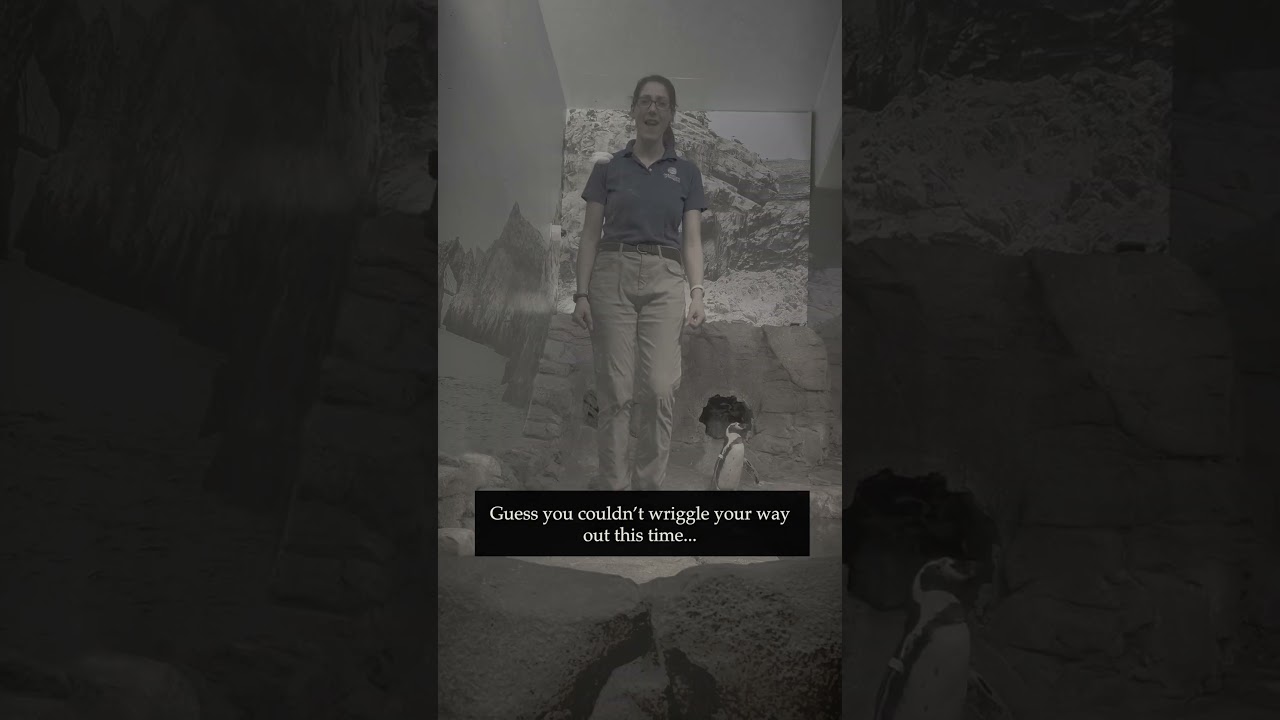- The significance of the smallest bug and its ecological role
- Detailed insights into the habitat and discovery of the bug
- Challenges faced in bug conservation and zoo management
- The impact of human activities on small bug populations
- Strategies for effective conservation and public awareness
The smallest bug known to science, a creature so minute that it can make the head of a pin look spacious, plays a pivotal role in the intricate web of life. This tiny organism, although often overlooked, serves as a linchpin in its ecosystem, facilitating essential processes such as pollination, decomposition, and nutrient cycling. Understanding the biological and ecological significance of these diminutive entities is crucial for the holistic appreciation of biodiversity.
The discovery of the smallest bug highlights the vast, albeit microscopic, diversity that thrives in our natural world. Often found in scarcely explored ecosystems, these minuscule insects inhabit unique niches. Their presence can be an indicator of environmental health, reflecting the delicate balance of their habitats. Detailed studies reveal that these bugs often have specialized diets and live in symbiosis with particular plant species, affecting broader ecological interactions.
Preserving these small insects presents unique challenges in conservation and zoo management. Due to their diminutive size, they are particularly susceptible to habitat alteration and climate change. In zoos and conservation centers, maintaining suitable living conditions for these tiny creatures involves precise temperature and humidity control. Their habitats must mimic natural environments, requiring detailed understanding and cooperation among entomologists and zoo managers to sustain their populations.
The proliferation of human activities has undeniably impacted populations of small bugs, often leading to habitat fragmentation and pollution. Urban development destroys habitats, while agricultural practices introduce pesticides that can have detrimental effects on these bugs. Moreover, climate change poses a continuous threat by altering the habitats they depend on for survival. Such environmental stressors necessitate immediate action to prevent irreversible losses.
Effective conservation strategies require both scientific and public engagement. Conducting research to understand the needs of the smallest bug helps inform conservation priorities. Meanwhile, public education initiatives raise awareness of the bug’s ecological importance, fostering a culture of conservation. Enhancing public awareness involves storytelling and educational campaigns that highlight the roles these bugs play in ecosystems, encouraging behaviors that support environmental sustainability.
In sum, focusing on the smallest bug offers insights into the complex interconnections of ecosystems and underscores the need for comprehensive conservation efforts. Through careful management of zoo habitats and reducing human-induced impacts, the well-being of these tiny creatures can be better supported. Importantly, society’s collective awareness can drive meaningful change, ensuring these bugs continue to thrive despite the challenges they face.
*****
Source Description
Looking for a bit of crunchy revenge? Name a feeder bug after your ex and get a video of it being fed to one of our Aquarium animals! For just $10, you can choose your bug (cricket, mealworm, roach, or earthworm), name it, and get a video of its demise along with a Certificate of Consumption. Sign up today and send a message to the smallest bug who ever lived!
Name Your Bug Here: https://micro.page/smallestbugwhoeverlived


